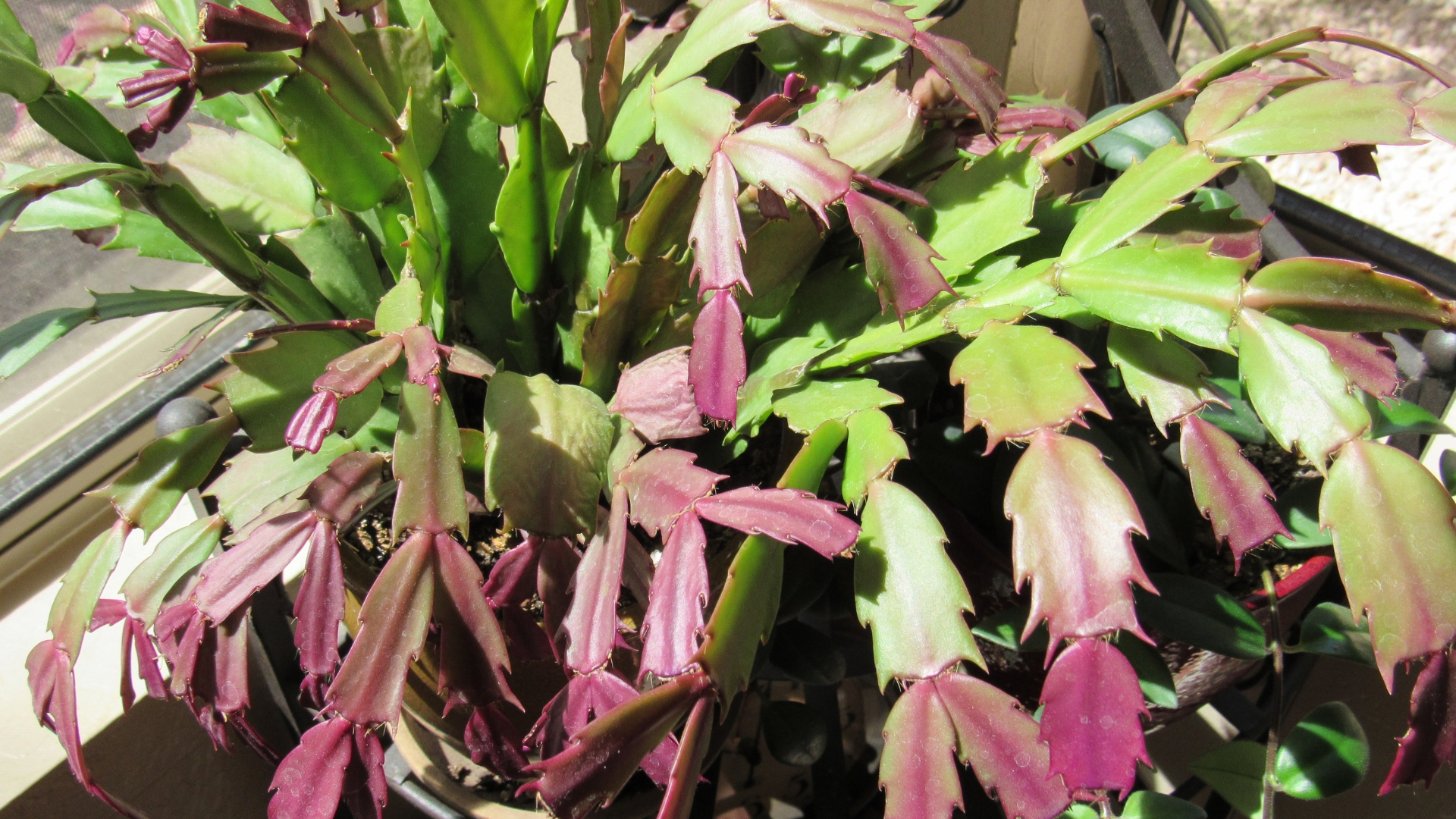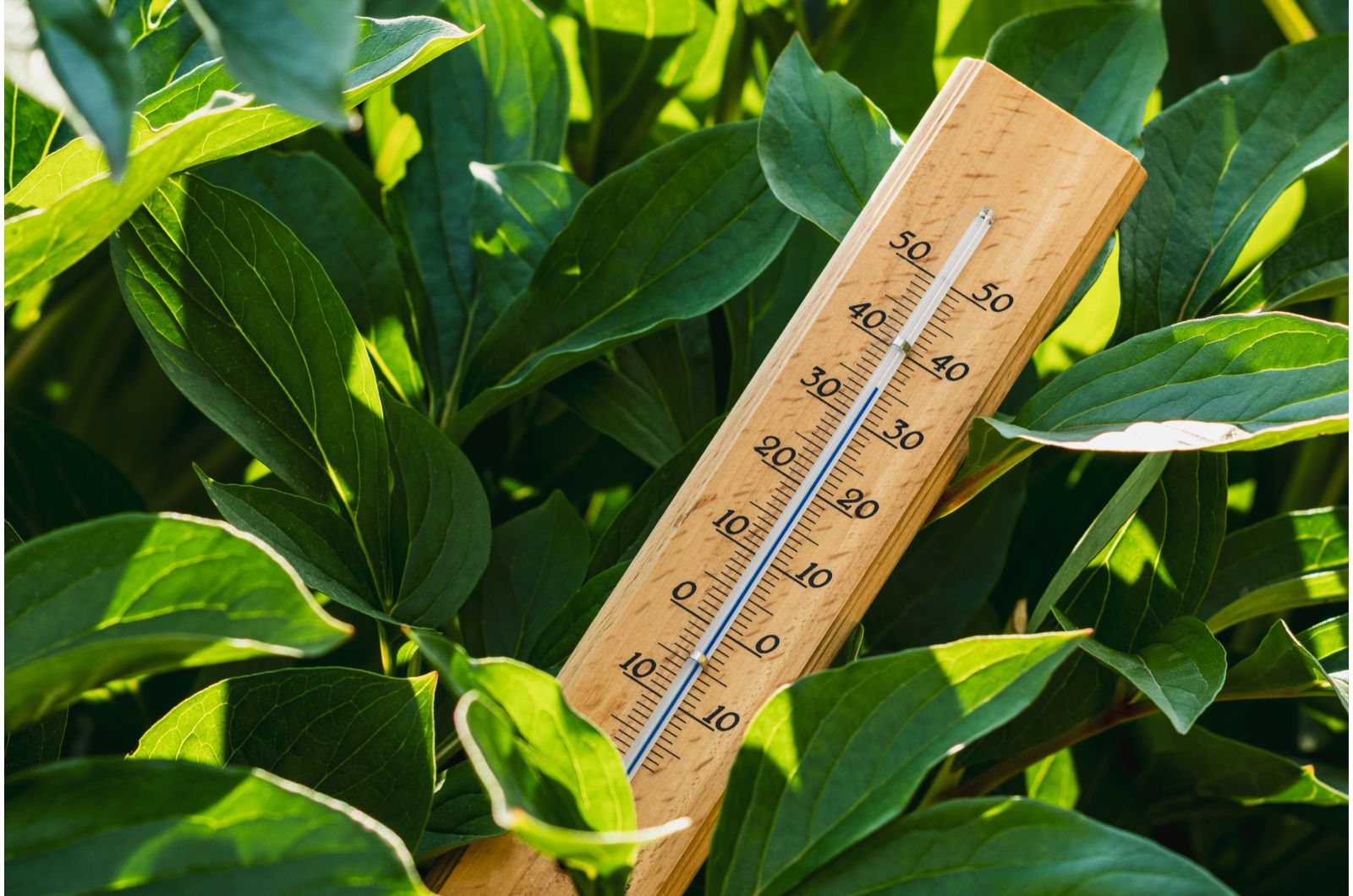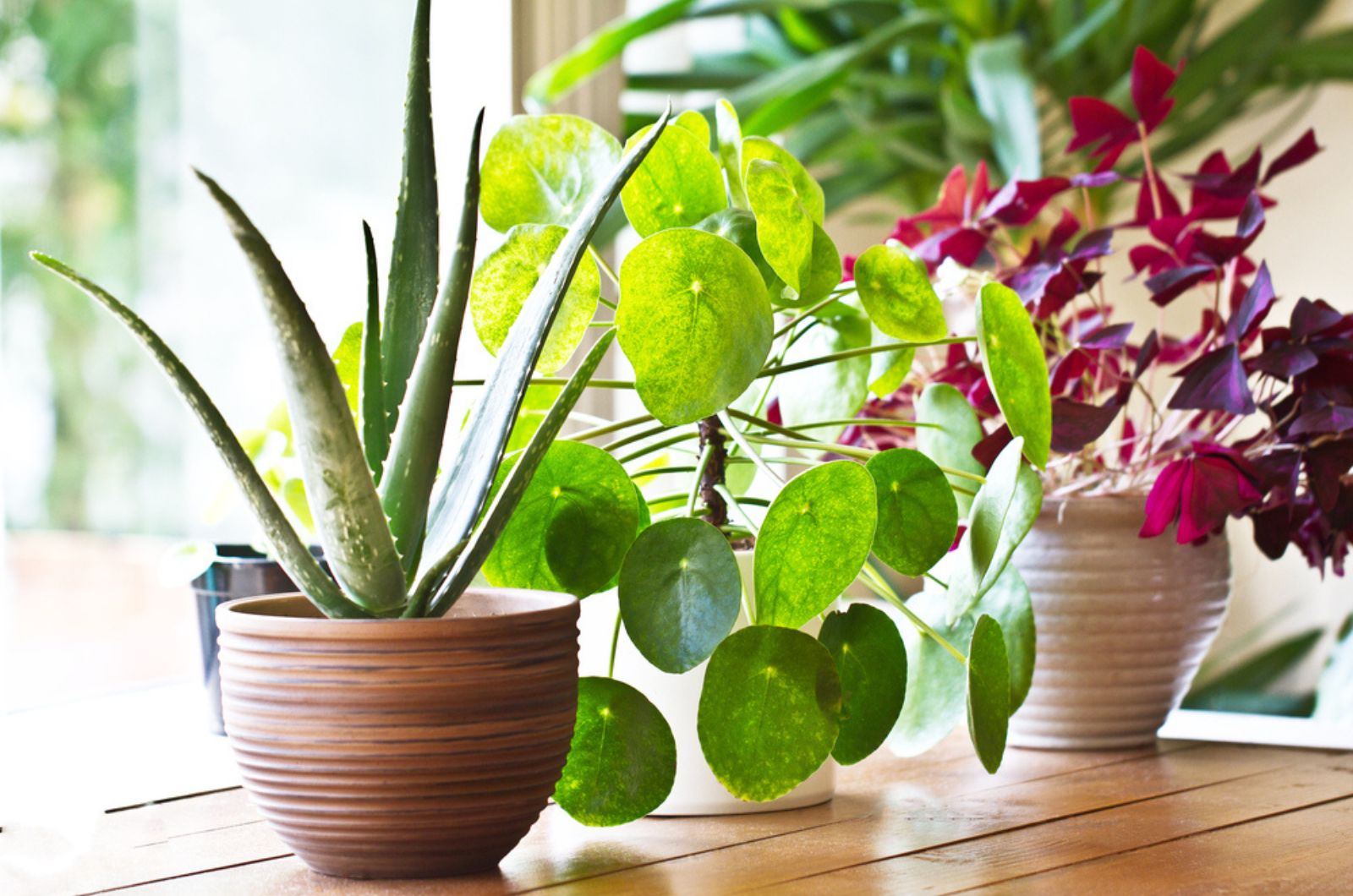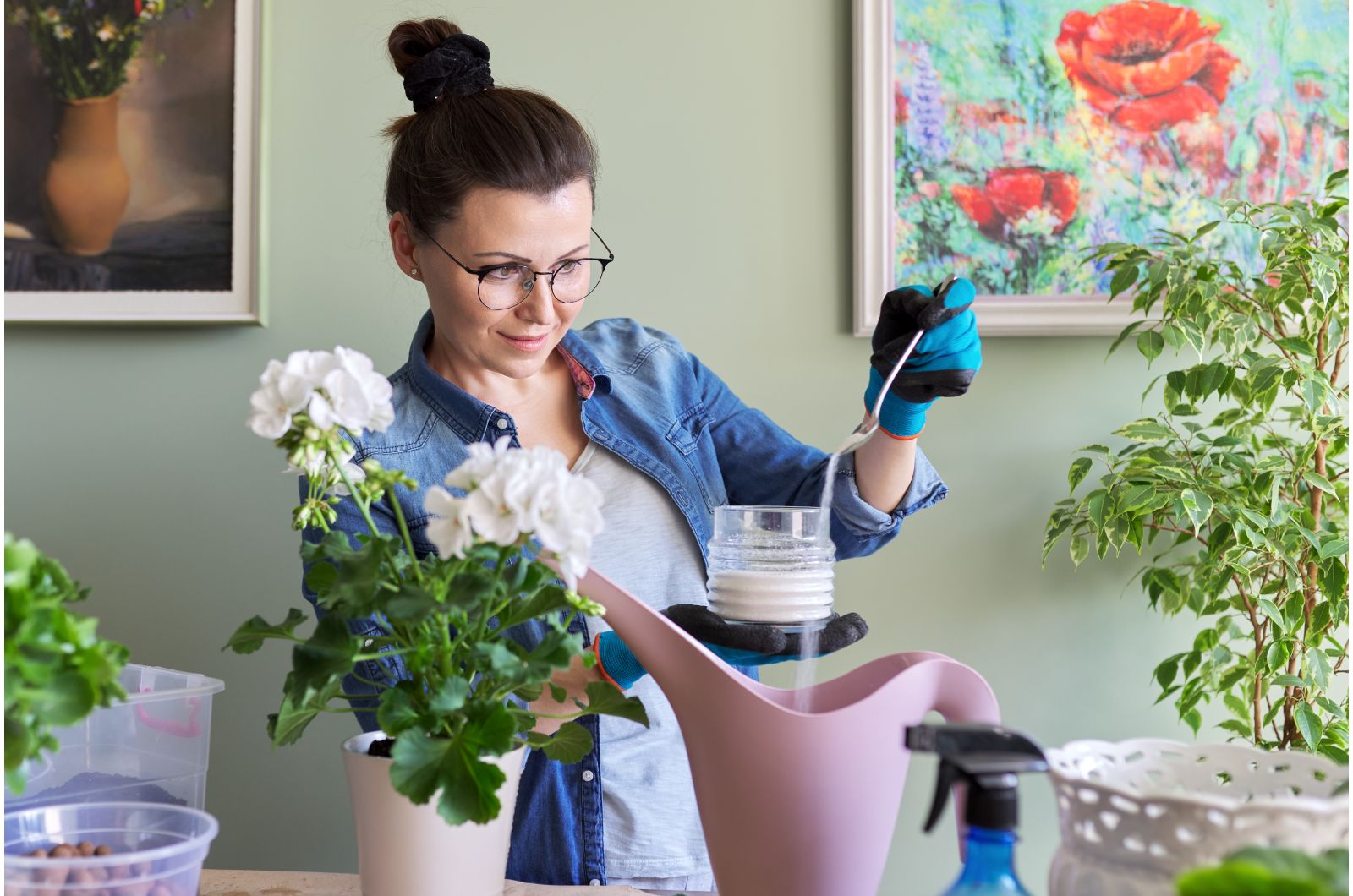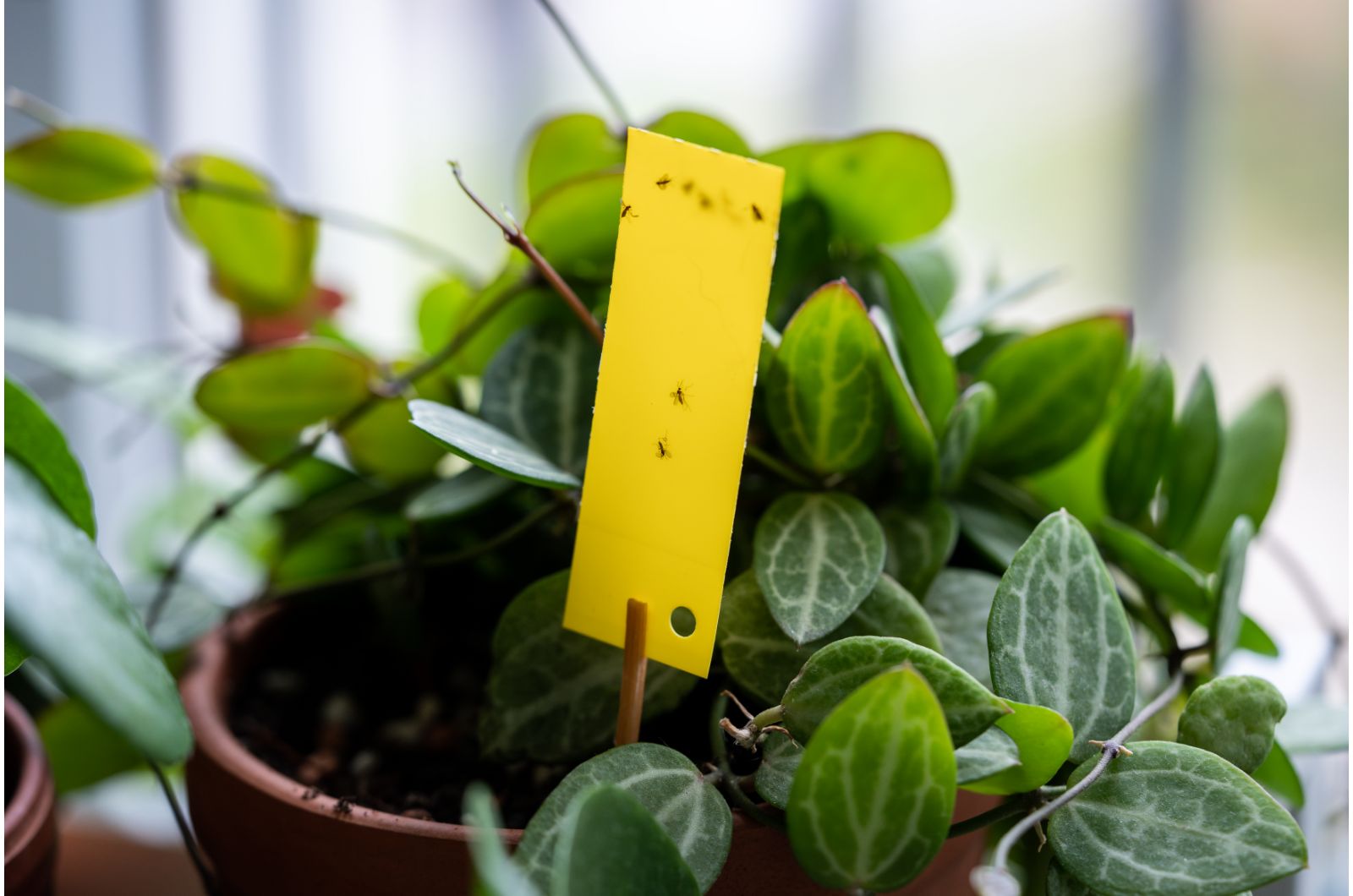I know how disheartening it can be for a novice gardener to see their plant in distress. Unfortunately, this feeling doesn’t change no matter how much gardening experience you have.
Various issues can occur, but the one I still remember the most is when I saw the leaves of one of my houseplants turn purple. Honestly, it took me a while to understand why it happened.
In this article, I’ll show you the most common reasons why indoor plants turn purple and how to fix it.
Let’s get started!
1. Heat Stress
Improper temperatures are definitely the top reason why indoor plants display purple leaves. If your green buddy is exposed to high temperatures, it will respond to such stress by producing more purple pigment, which can occur in leaves, stems, and any other plant parts.
High temperatures can also dehydrate your houseplants, so purpling is inevitable. It’s essential to maintain stable temperatures around your indoor plants to avoid issues.
Temperature requirements vary depending on the species, so aloe vera temperature tolerance may not be the same as for monsteras.
No matter which type of houseplant you have, you need to keep it away from heat-emitting sources such as radiators and fireplaces.
2. Inadequate Lighting Conditions
The second cause of purple colors on your plant is too much light exposure. The reason why indoor plants respond to too much sun in that way is because they’re stressed, and it can be seen as a defensive mechanism.
Similarly to temperatures, light requirements also differ depending on the plant species. The light level for succulents differs when compared to that of pothos or flowering plants.
Improper light conditions can lead to other various problems, such as leaf curl, wilting, and leaf discoloration. If your plant is placed next to a sunny window and you can’t provide another location, you can protect the plant by putting sheer curtains on the window.
3. Lack Of Nutrients
Knowing when to feed plants is essential because a lack of nutrients in the soil can lead to purpling. This particularly happens when the soil lacks nitrogen, which is responsible for chlorophyll production, i.e., green color.
The green color will start to fade and you’ll see more and more purple unless you fertilize your houseplant.
Improper fertilizing schedules and poor soils are the two most common causes of nitrogen deficiency.
I also have to mention that plants can display purpling if they lack other nutrients, such as phosphorus and potassium.
If you haven’t fertilized your indoor plants for a while, do it to fix the issue quickly. If this method fails, I recommend repotting your plant making sure you use fresh potting soil.
You should also perform a soil test to make sure which nutrients your plant needs so that you can adjust dosage and frequency.
4. Pest Infestation
Even though pests are less likely to cause plants to turn purple, they can still do it. Spider mites, whiteflies, and other pests typically feed on the plant sap and, in that way, they weaken the plant.
And just like in the above mentioned scenarios, the plant will respond to this stress by displaying purple leaves or stems.
Inspecting plants regularly will help you avoid issues with these annoying creatures and if you notice any, you should remove them ASAP.
There are various pest control methods, such as applying neem oil or using sticky traps for fungus gnats. You should also promote airflow around plants by pruning them and making sure to isolate new plants or the ones that have pests on them.
Remember that meeting all plant requirements will help you avoid all issues, including purpling!

